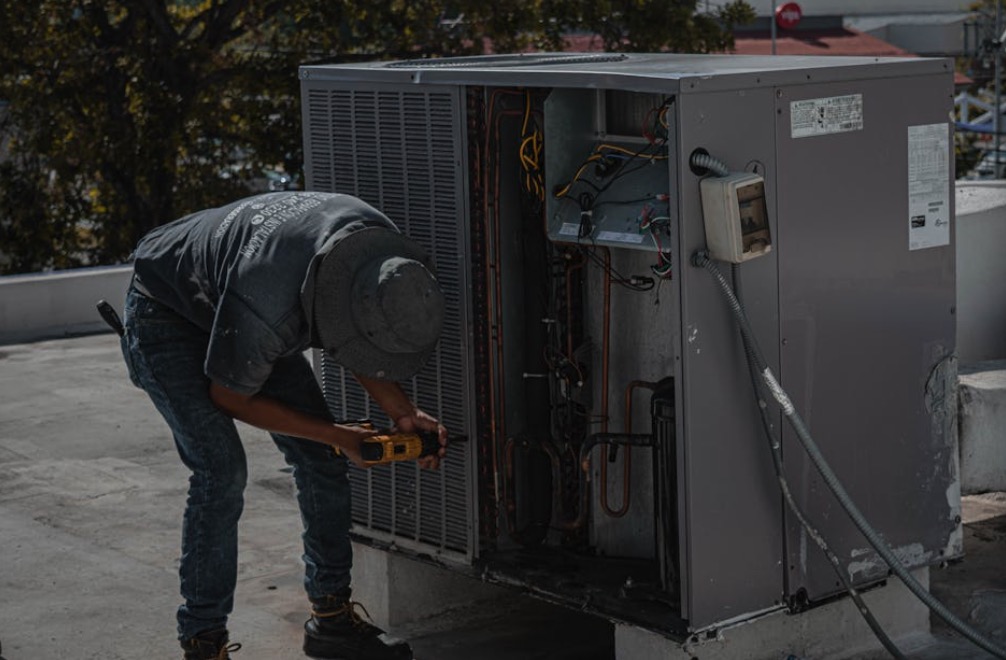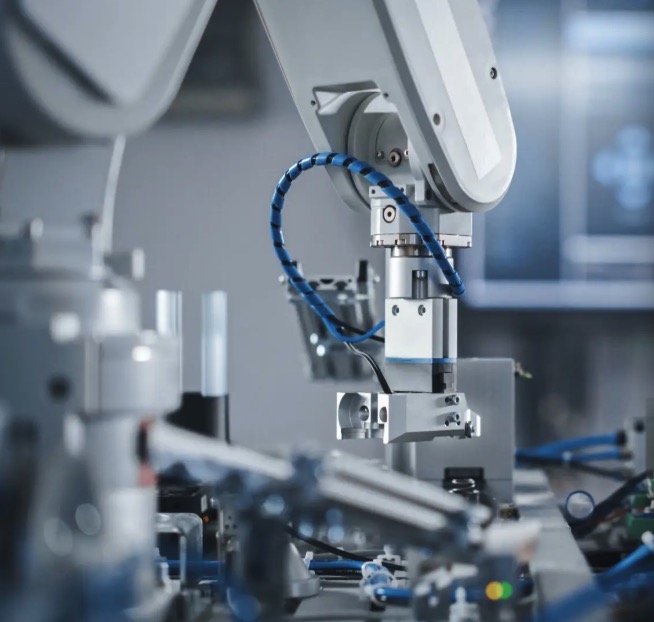Thermocouple Temperature Sensor: Ensuring Accurate Temperature Measurement
Introduction:
Temperature measurement plays a crucial role in various industries, from manufacturing to scientific research. To achieve precise and reliable temperature readings, thermocouple temperature sensors have become increasingly popular. In this article, we will delve into the world of thermocouples, exploring their functionality, benefits, and applications.
Table of Contents:
1. What is a Thermocouple?
2. How Does a Thermocouple Work?
3. Advantages of Thermocouple Temperature Sensors
4. Applications of Thermocouples
5. Choosing the Right Thermocouple for Your Needs
6. Conclusion
1. What is a Thermocouple?
A thermocouple is a temperature sensing device that utilizes the Seebeck effect to measure temperature variations. It consists of two dissimilar metal wires joined together at one end, known as the junction. The other ends, referred to as the leads, are connected to a thermometer or temperature controller. The thermoelectric properties of the metals generate a voltage, which is proportional to the temperature difference between the junction and the leads.
2. How Does a Thermocouple Work?
When there is a temperature gradient across the junction, an electromotive force (EMF) is produced due to the difference in the Seebeck coefficients of the metals. This EMF can be measured and converted into temperature units using a calibration table or mathematical formulas specific to the thermocouple type. The thermocouple’s accuracy and sensitivity depend on factors such as the materials used and the temperature range it can handle.
3. Advantages of Thermocouple Temperature Sensors
– Wide temperature range: Thermocouples can measure temperatures ranging from -200°C to over 1800°C, making them suitable for various applications.
– Fast response time: Due to their small size and low thermal mass, thermocouples can quickly detect and respond to temperature changes.
– Durability: Thermocouples are robust and can withstand harsh environments, such as high temperatures, corrosive substances, and mechanical stress.
– Cost-effective: Compared to other temperature sensing technologies, thermocouples are relatively inexpensive, making them a popular choice in many industries.
4. Applications of Thermocouples
Thermocouples find applications in numerous industries, including:
– HVAC systems: Monitoring and controlling air temperature for heating, ventilation, and air conditioning systems.
– Food industry: Ensuring accurate temperature measurements during food processing and storage.
– Petrochemical industry: Monitoring and controlling temperature in refineries, pipelines, and storage tanks.
– Power generation: Monitoring turbine temperatures and ensuring safe operation.
– Scientific research: Measuring temperatures in laboratories and experimental setups.
5. Choosing the Right Thermocouple for Your Needs
Selecting the appropriate thermocouple requires considering factors such as temperature range, accuracy, response time, and environmental conditions. Common thermocouple types include Type K, Type J, and Type T. Each has its own characteristics and is suitable for specific applications. Consulting with an expert or referring to specifications provided by thermocouple manufacturers can help make an informed decision.
6. Conclusion
Thermocouple temperature sensors provide reliable and cost-effective temperature measurement solutions across various industries. From their working principle to their multitude of applications, thermocouples offer unparalleled advantages. Whether you need precise temperature control in industrial processes or accurate measurements for scientific research, thermocouples are an invaluable tool.
Remember, choosing the right thermocouple and ensuring proper installation and calibration are essential for obtaining accurate and consistent temperature readings. Embrace the reliability and versatility of thermocouples to optimize your temperature monitoring needs.
Incorporating thermocouples into your temperature measurement system can enhance accuracy, improve efficiency, and promote safety in your operations. So, why wait? Explore the world of thermocouple temperature sensors today!
Note: This article is for informational purposes only and should not be considered as professional advice.

How to Choose Between PT100, Thermocouple, and NTC Sensors
When it comes to measuring temperature in various applications, selecting the right sensor is critical for achieving precision, reliability, and efficiency. Among the most popular options are PT100 sensors, thermocouples



